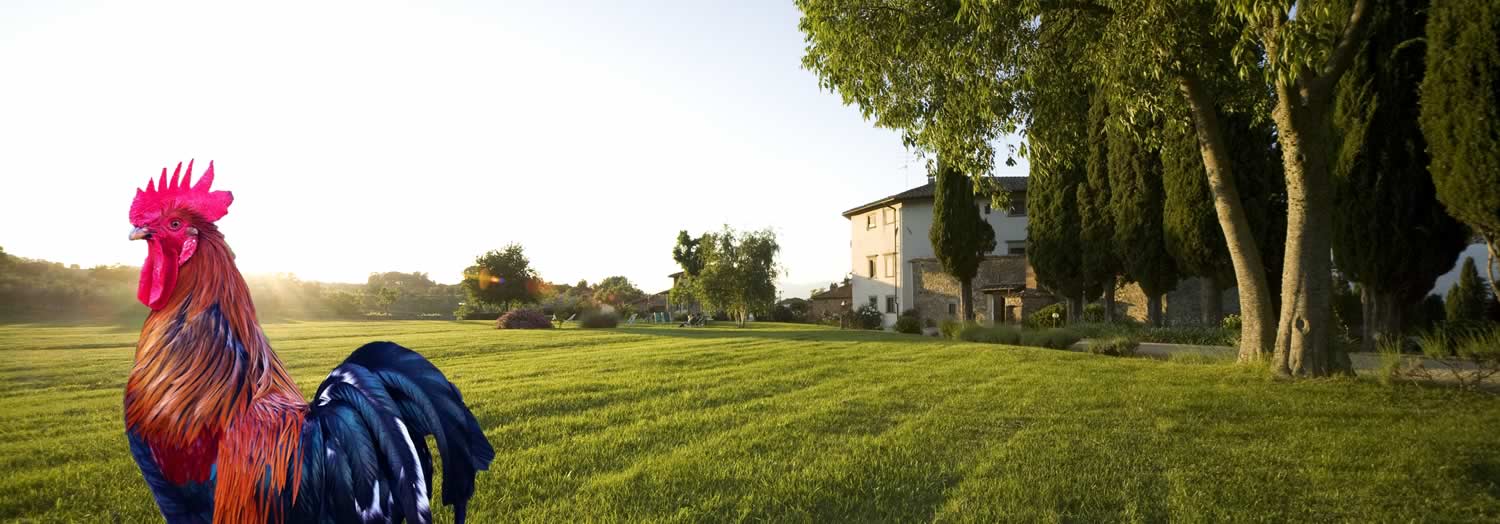
A short guide to the most beautiful walls in Tuscany

Tuscany, like all of Italy, until Unity was divided into several kingdoms, each independent of the other and each ready to defend itself.
In memory of the times of division and long struggles, there are still wonderful villages and fortified cities scattered throughout Tuscany.
Medici’s Tuscany
When we think of Tuscany, we immediately think of the family that made it known: the Medici.
The conquest of Tuscany was not easy or immediate but of blood and infighting between the cities and one of them never fell: Lucca.
Lucca, walled city par excellence
Walking, skating, running or even just climbing the walls of Lucca is a unique and exciting experience. The four kilometers of tree-lined walls that embrace this jewel of the city are completely walkable and original.
Lucca is the only city in Tuscany that was not conquered by the Medici family and keeps its sixteenth-century walls intact but it is not the only Tuscan wall.
Monteriggioni, the smallest city wall
Much smaller than the Lucca walls are those of Monteriggioni, with a circular shape they close a small but strategic village.
Monteriggioni is in fact located halfway between Siena and Florence and was for years an outpost of the Sienese Republic for defensive purposes. Today it is possible to walk along part of the walls that overlook the Elsa and Staggia valleys that once divided Florence from Siena.
Walking on the walls of Monteriggioni is the best way to immerse yourself in a medieval atmosphere and admire the Tuscan landscape.
Florence and the medieval walls
The capital of Tuscany and the elective city of the Medici family has had many walls over the centuries but only the last one, the medieval one, is more easily visible.
Today only part of the ancient walls is still standing and cannot be walked on.
Florence was the capital of Italy in the early years of unification and was hit by the European-style renovation and modernization that destroyed a large part of the walls.
Only in the Oltrarno area is the medieval city wall visible, while in the rest of the city it has been replaced by more modern traffic routes. In the urban plan of the late eighteenth-early twentieth century it was however decided to save the main towers of the old walls and these can usually be visited in the summer!
Fiesole, one of the oldest city walls
Another city that has long resisted the power of Florence was Fiesole. In this case, however, we are not talking about the Medici but we go back many centuries to the time of Etruscans and Romans.
Fiesole, a city of Etruscan origin, preserves a stretch of very ancient walls dating back to the 4th century BC. which are still visible today.
This section of the wall is not walkable and no longer has the original height but retains a unique charm.
Tuscany region of walls and towers
This short list is not exhaustive of all the cities, outposts or fortifications that dot Tuscany but gives an example of a great variety of them and incredible history that lies there.
We are waiting for you at Villa Campestri to be able to comfortably explore this wonderful region!
Quick Booking snippet
The best panoramic points in Mugello to know before visiting this beautiful land. Mugello, a hidden gem in the heart of Tuscany, is a land of breathtaking natural beauty and stunning vistas. If you’re visiting, there are numerous must-see panoramic point to know before visiting this beautiful land. 1. Monte Giovi Monte Giovi offers a […]
Mugello is a hidden gem offering a perfect mix of history, culture, and natural beauty. One of the most authentic and fascinating experiences you can have in this land is a horseback ride. Traversing the rolling hills, woods, and medieval villages of Mugello on horseback allows you to fully immerse yourself in the magic of […]
Tuscany, an Italian region renowned for its cultural and historical wealth, is home to numerous UNESCO World Heritage Sites. These sites represent not just the architectural and artistic beauty of the region but also its significant historical heritage.
Italian cuisine, celebrated globally, is a mosaic of flavors and traditions. From the rolling hills of Tuscany to the bustling streets of Naples, each region contributes its unique essence to what we recognize as Italian cuisine. This culinary journey explores how history, culture, and regional diversity have shaped the renowned gastronomy of Italy.
Tuscany is world-renowned for its rich winemaking tradition, a heritage rooted in centuries of history and culture. In this detailed guide, which is like a true oenological journey, we will discover not only the fine wines of the region but also the traditions and landscapes that make Tuscany an unmissable destination for wine lovers.
In the heart of Italy, Tuscany stands out as one of the most emblematic regions for wine production. Famous for its landscape of gentle hills, cypress trees, and picturesque villages, this region is also a paradise for wine lovers. Tuscan vineyards, nourished by fertile soil and an ideal climate, produce wines that are appreciated worldwide […]
For those looking for a firsthand experience, the Agricultural Tourism Company Badia di Susinana offers horseback rides and trekking and riding courses with a guide, in addition to hospitality for horses and riders, located in Palazzuolo sul Senio. Alternatively, the Farm I Cavalli del Vento allows crossing beech forests and vast chestnut groves, with rides […]
Sport fishing in Tuscany offers a wide range of opportunities due to the abundance of inland and coastal waters in the region. Specifically, the province of Pistoia, with Lake Nievole in Serravalle Pistoiese, is renowned for trout fishing and other fish such as carp, grass carp, tench, and sturgeon, with a catch and release rule. […]
